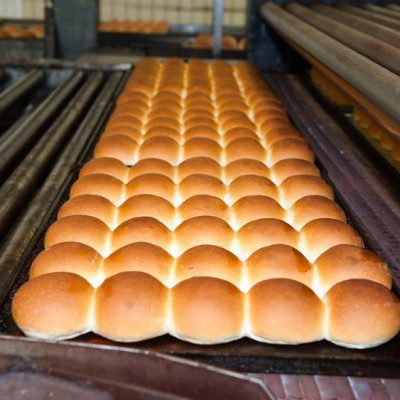
Enzymes help speed up production, but have many other benefits.
You probably know what an asset enzymes are to keeping up production speed and clean labels. If you don’t, you’re about to!
The key to these little guys is giving them the best working conditions—ideal pH, temperature and cooking time. For best results, keep them in between 30oC and 40oC (86oF to 104oF). They’ll be destroyed at temperatures over 45oC (113oF).
Found naturally in all biological systems, Enzymes do everything from reducing mixing times to improving final texture. The interesting part: Enzymes are shaped so they work for a specific task. For you, this means precision and confidence!
Here’s a quick rundown of enzymes types:
- Hemicellulase, xylanase and pentosanase – work on different parts of the insoluble hemicellulose portion of the starch.
- Cellulase – breaks cellulose fibrils into smaller/shorter units.
- Amylase – converts starch to maltose and other simple sugars.
- Protease – converts large protein molecules to smaller amino acid chains.
- Lipases and phospholipases – convert lipids and phospholipids natively present in wheat flour into monoglycerides, diglycerides and free fatty acids.
- Transglutaminase – builds cross-links between glutamine and lysine.
- Oxidative enzymes (glucose oxidase, peroxidase, lipoxygenase) – catalyze the substrate to create natural oxidation, which increases di-sulfide bridges to strengthen the gluten matrix and dough.
- Asperaginase – hydrolyzes asperagene, resulting in the reduction of acrylamides (a potential carcinogen).
What are the benefits to the product and to your bakery? Read BAKERpedia’s enzyme page to find out!

